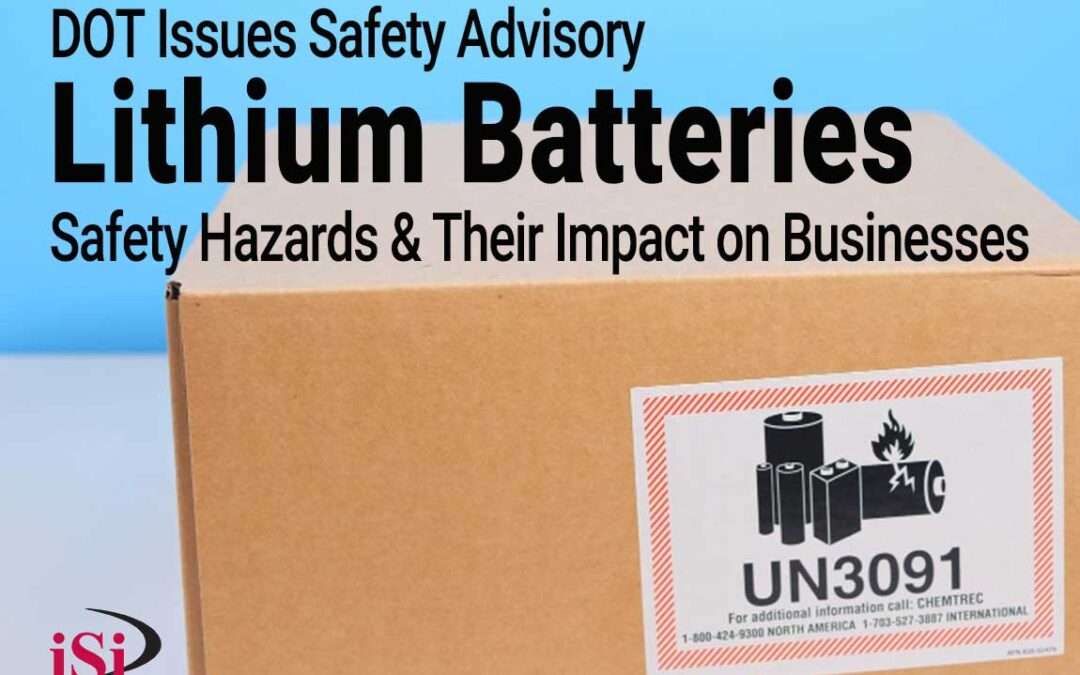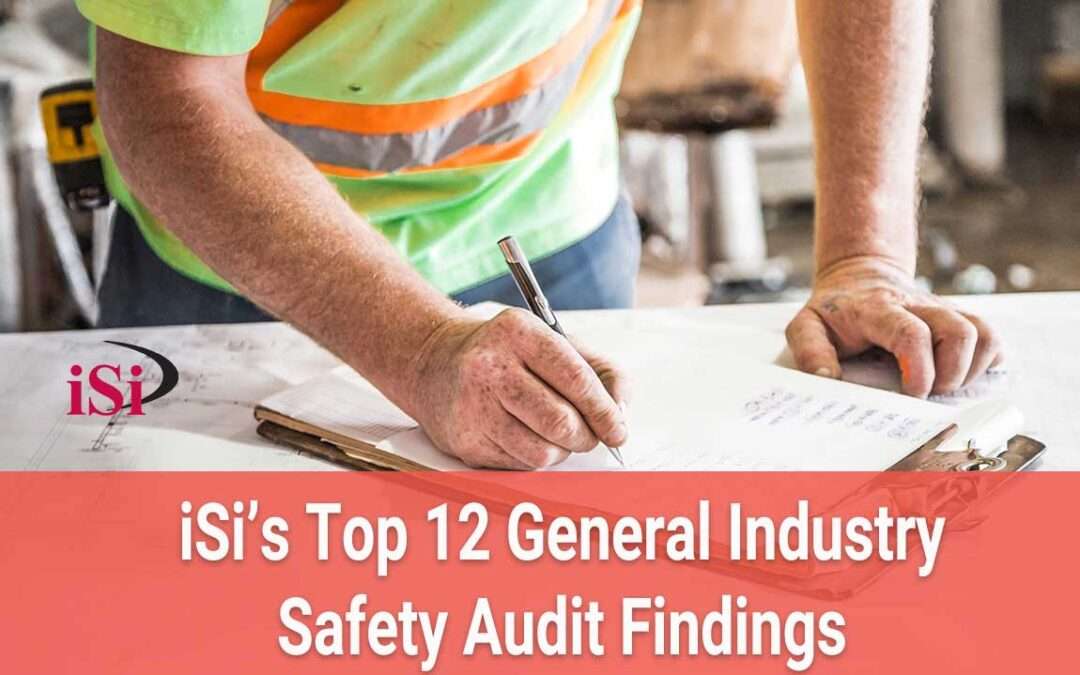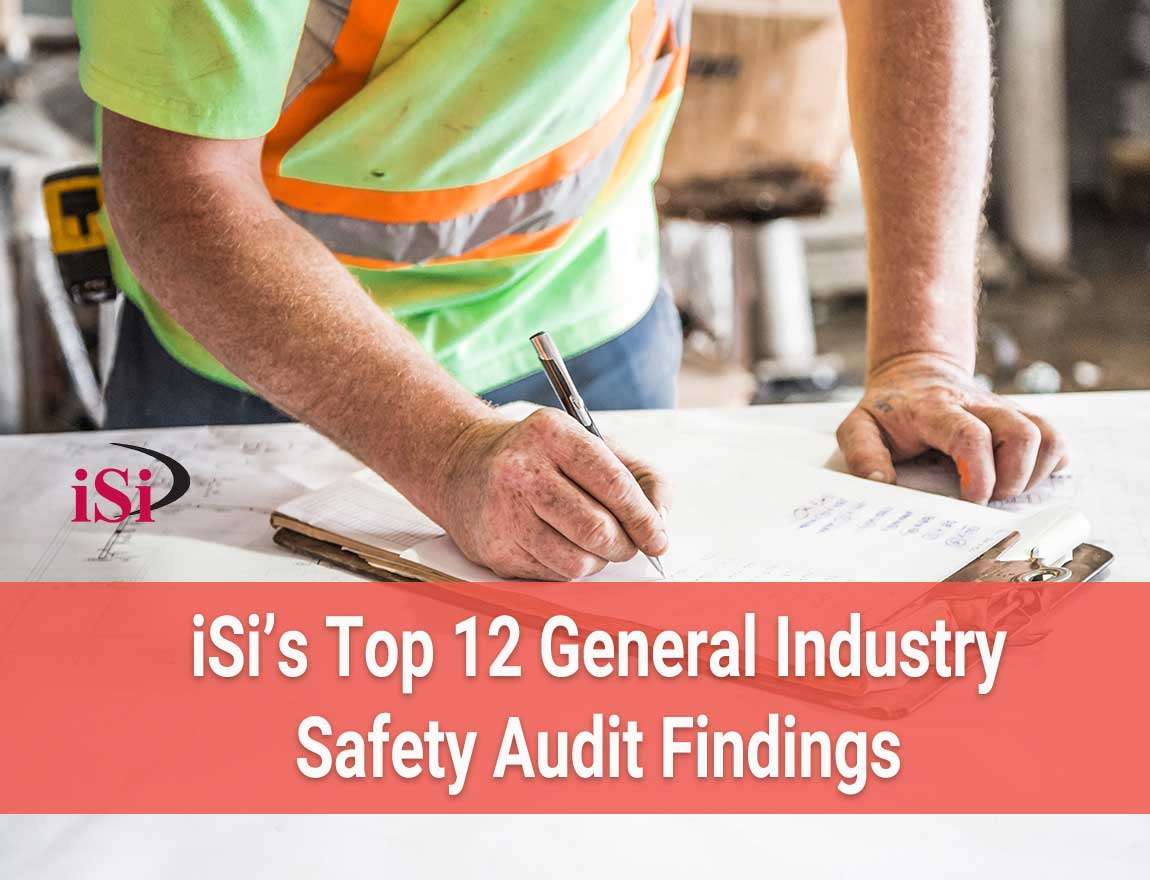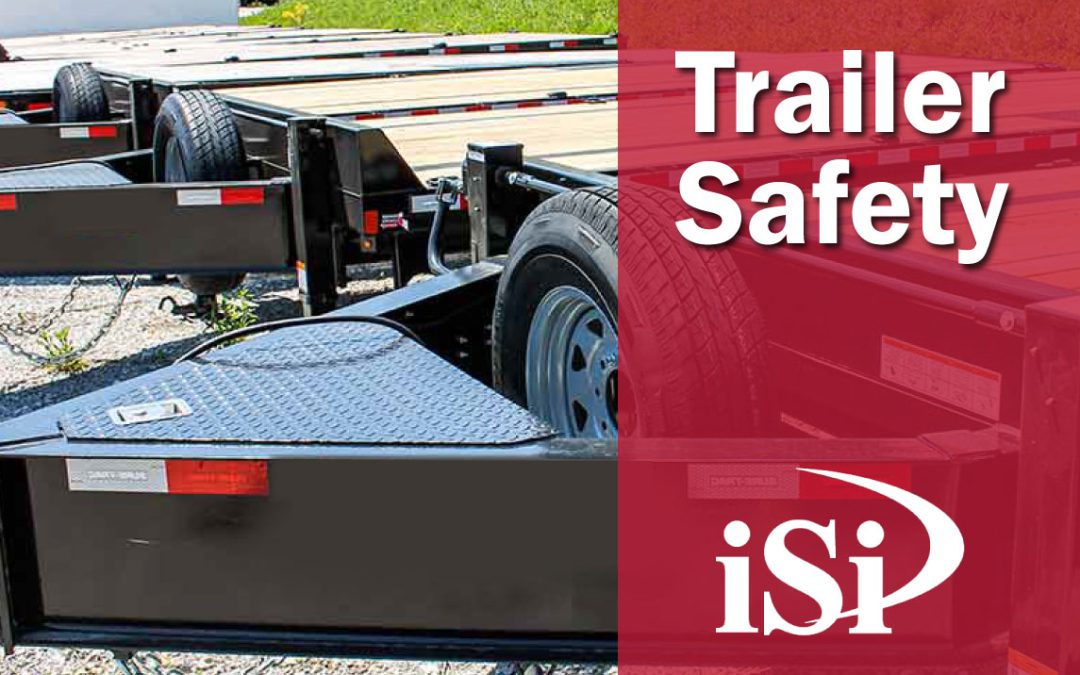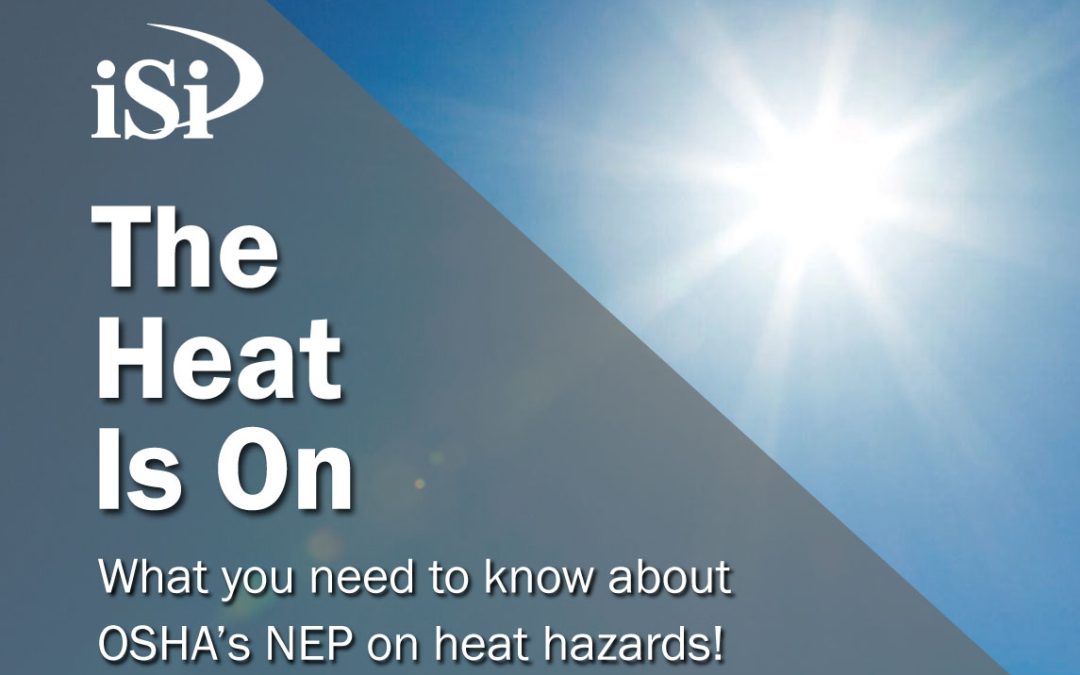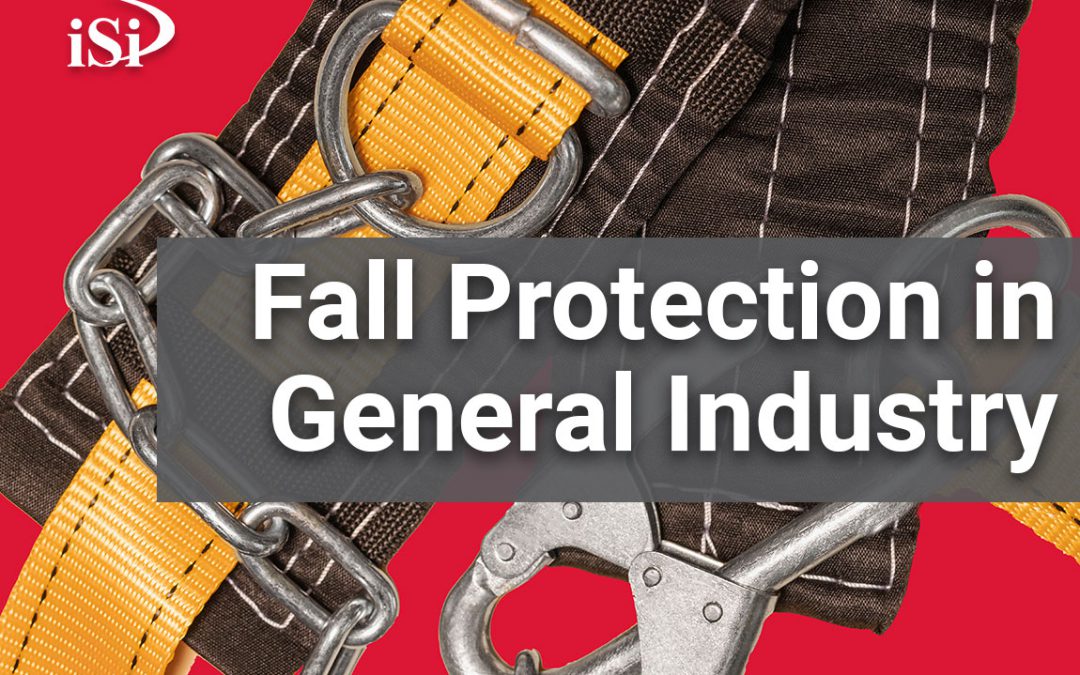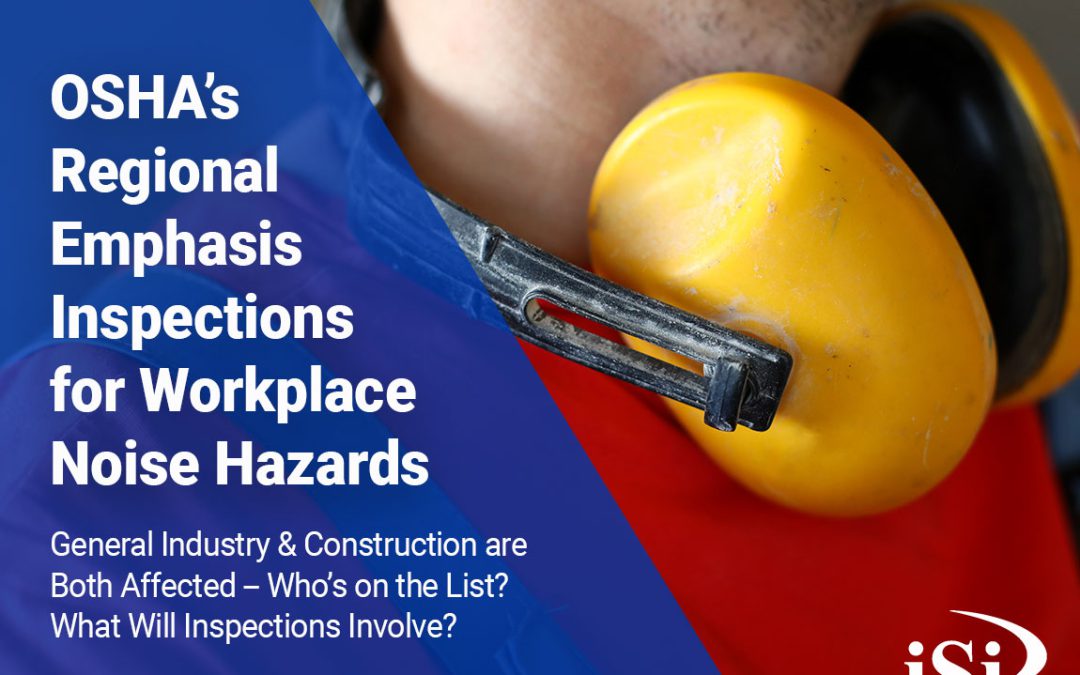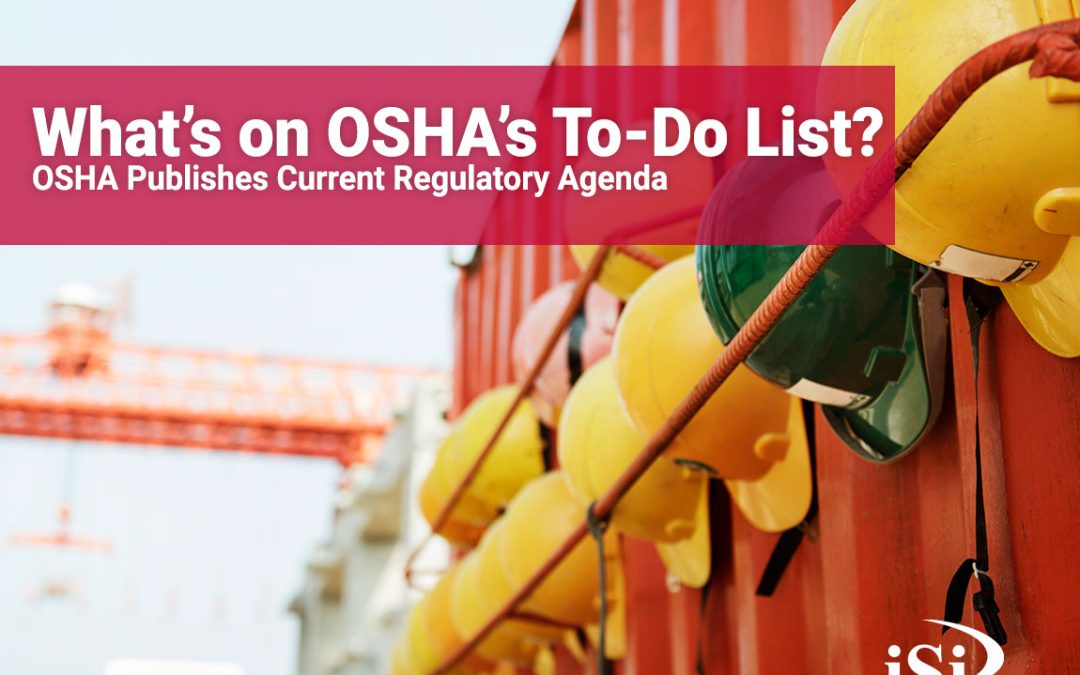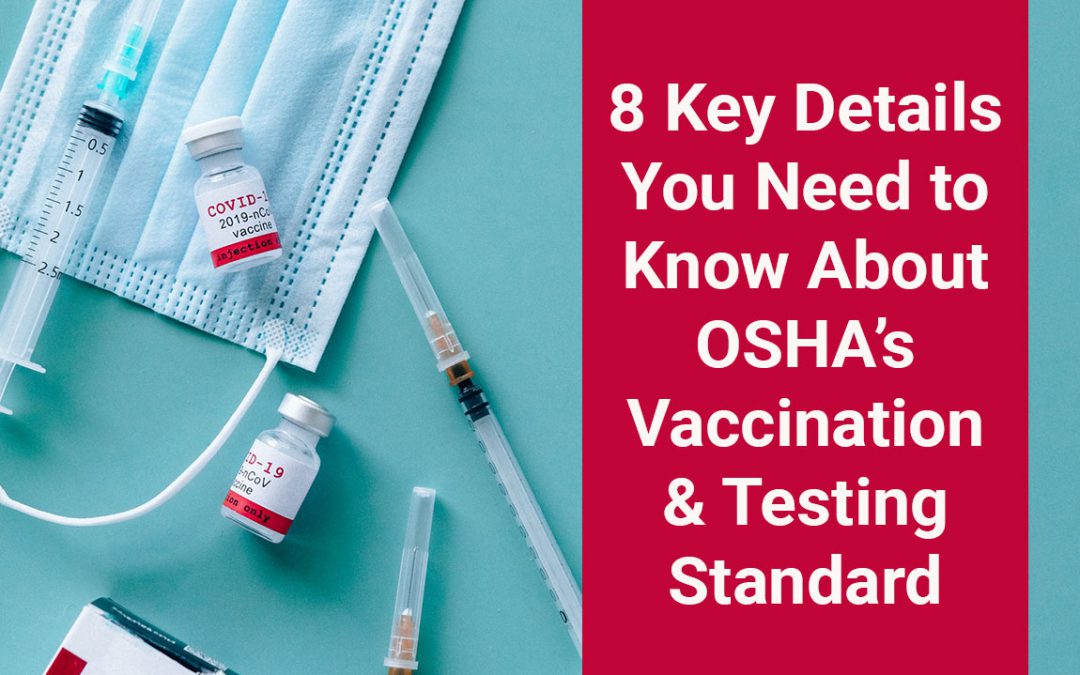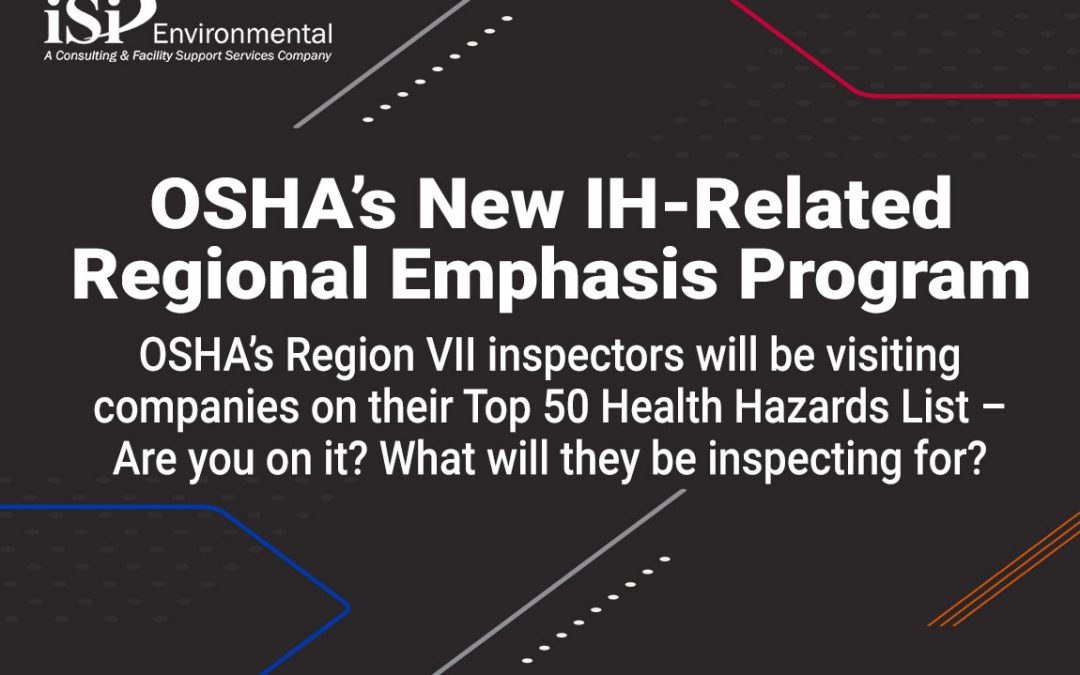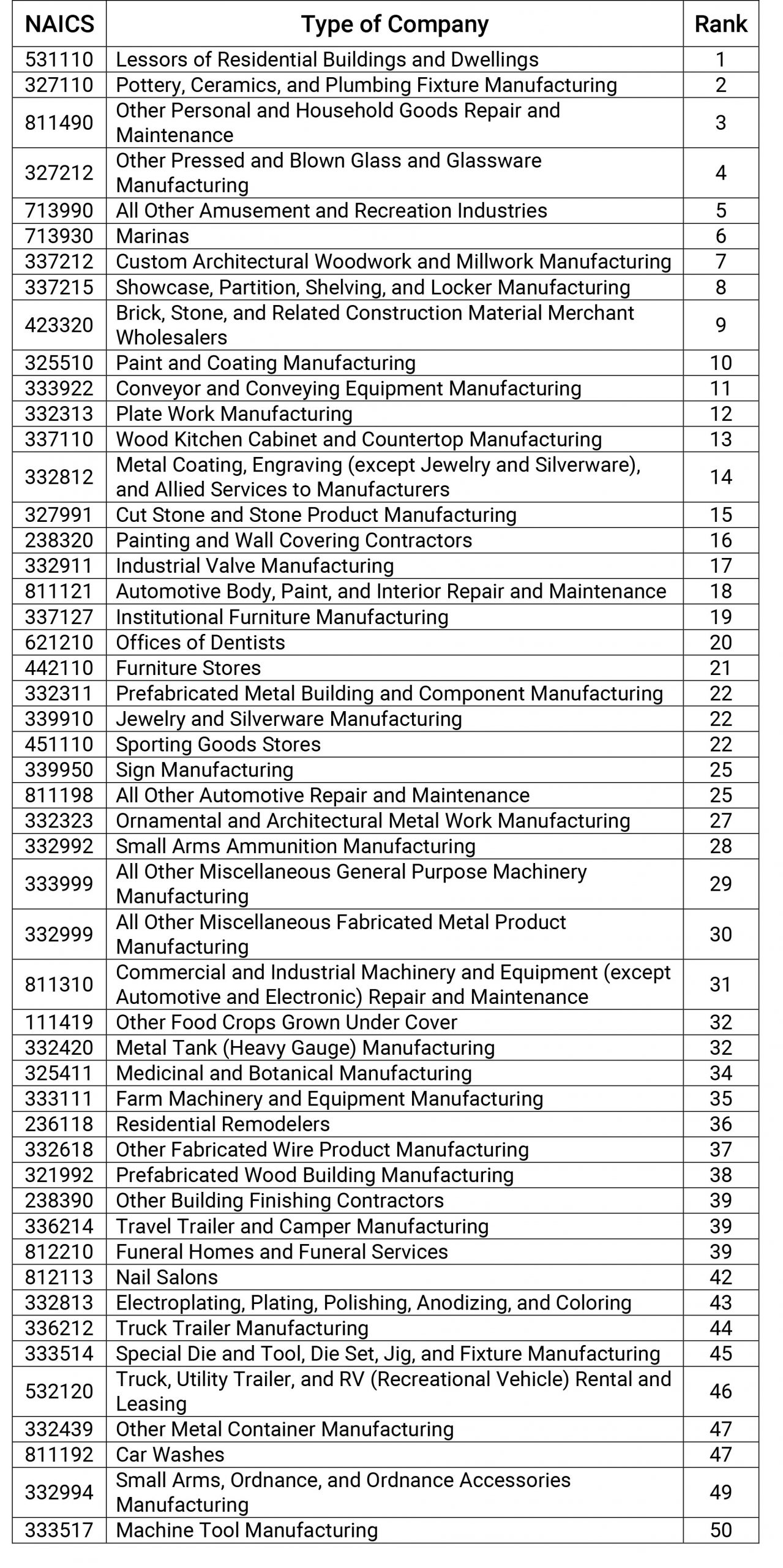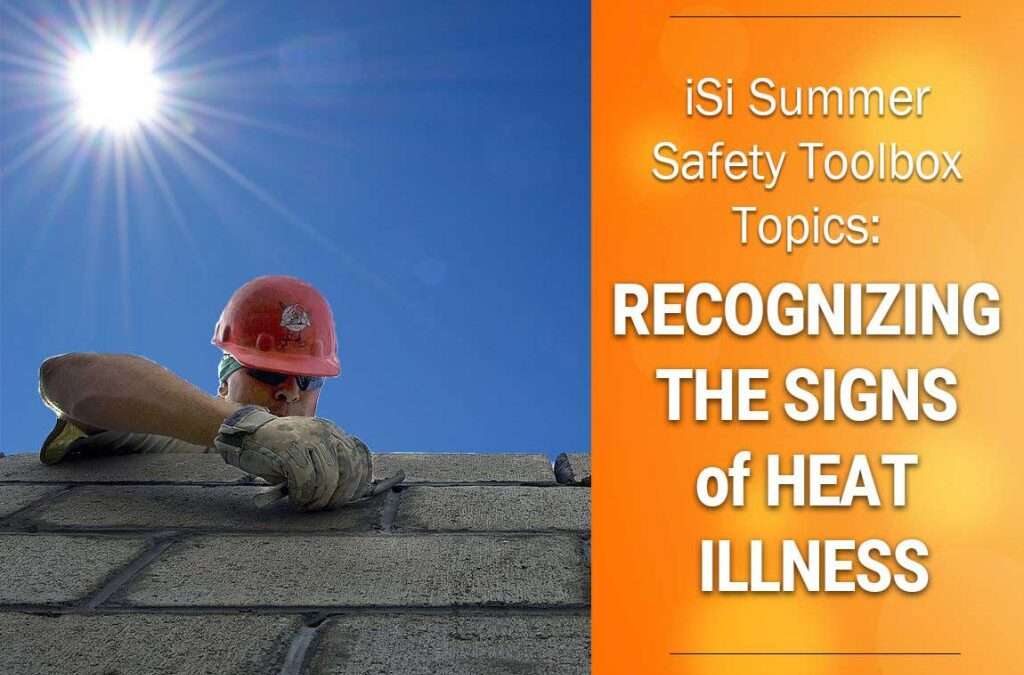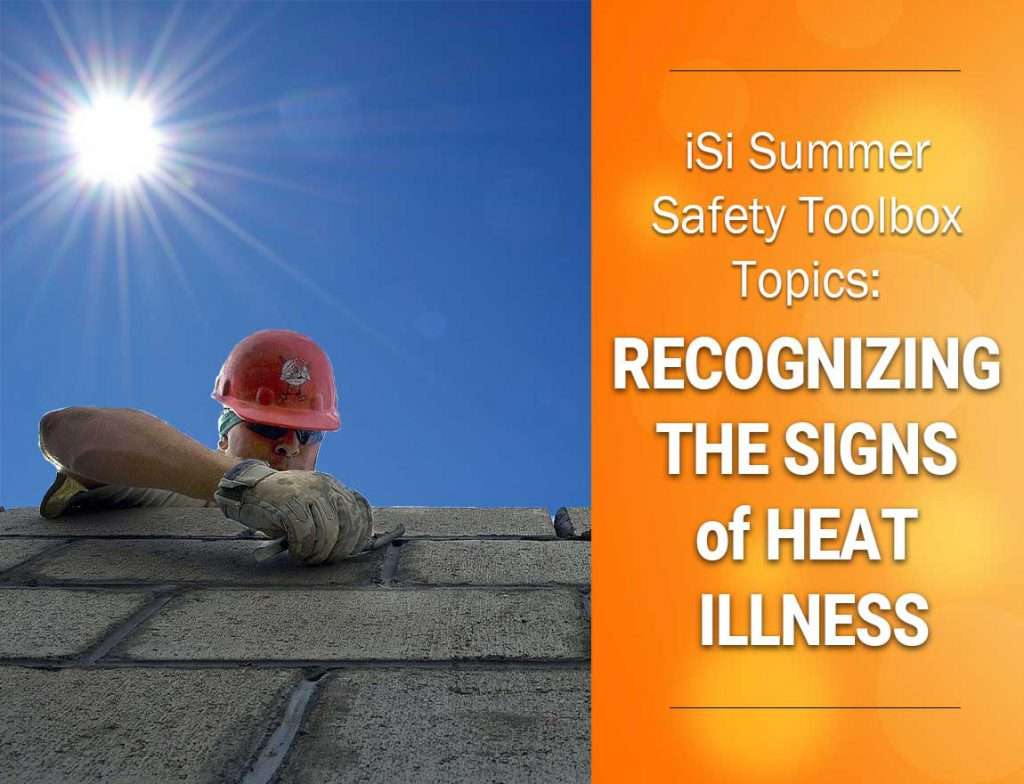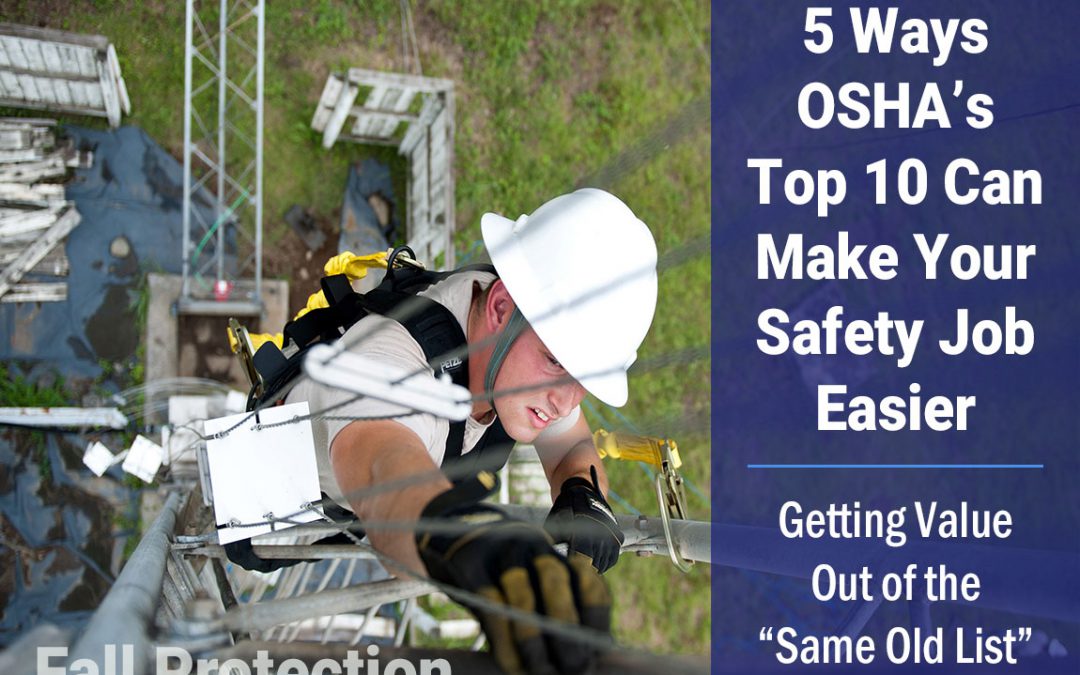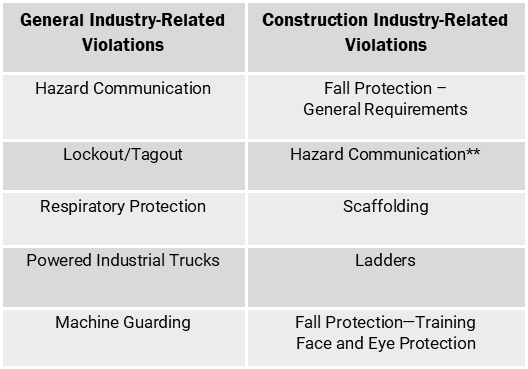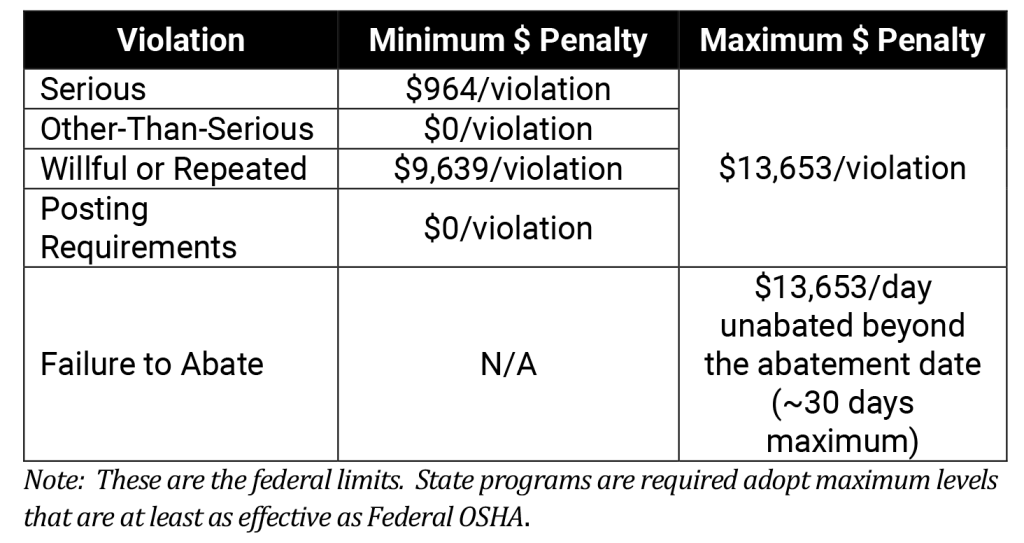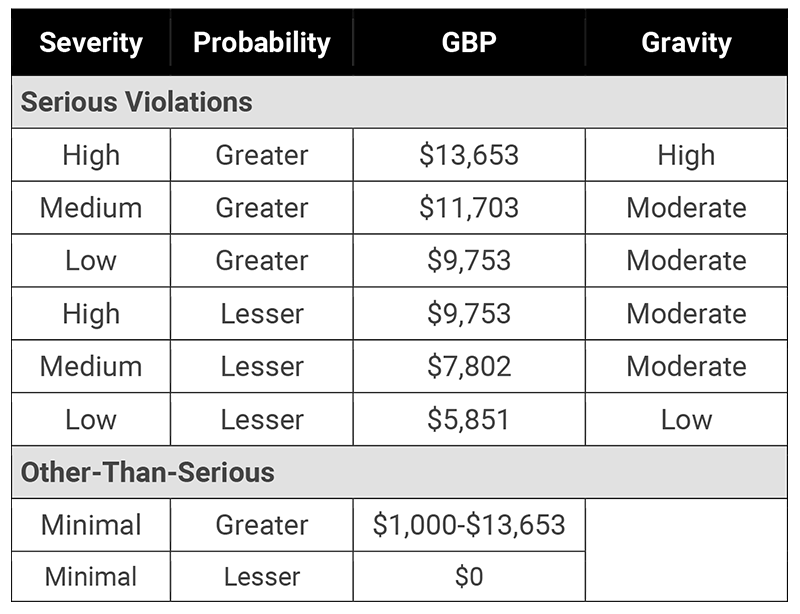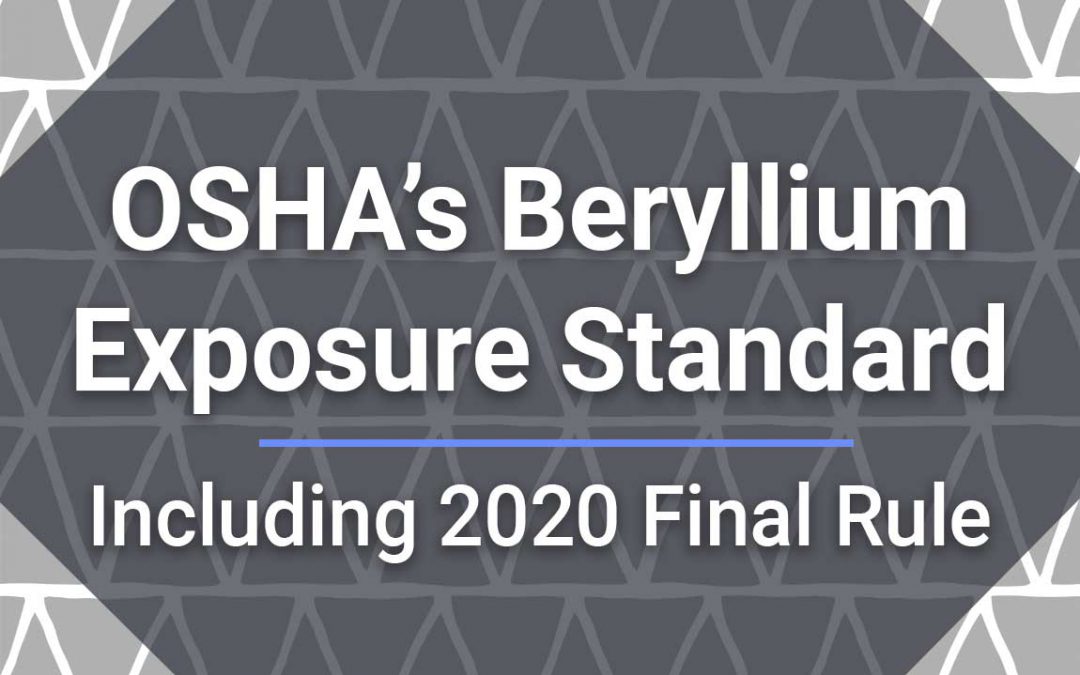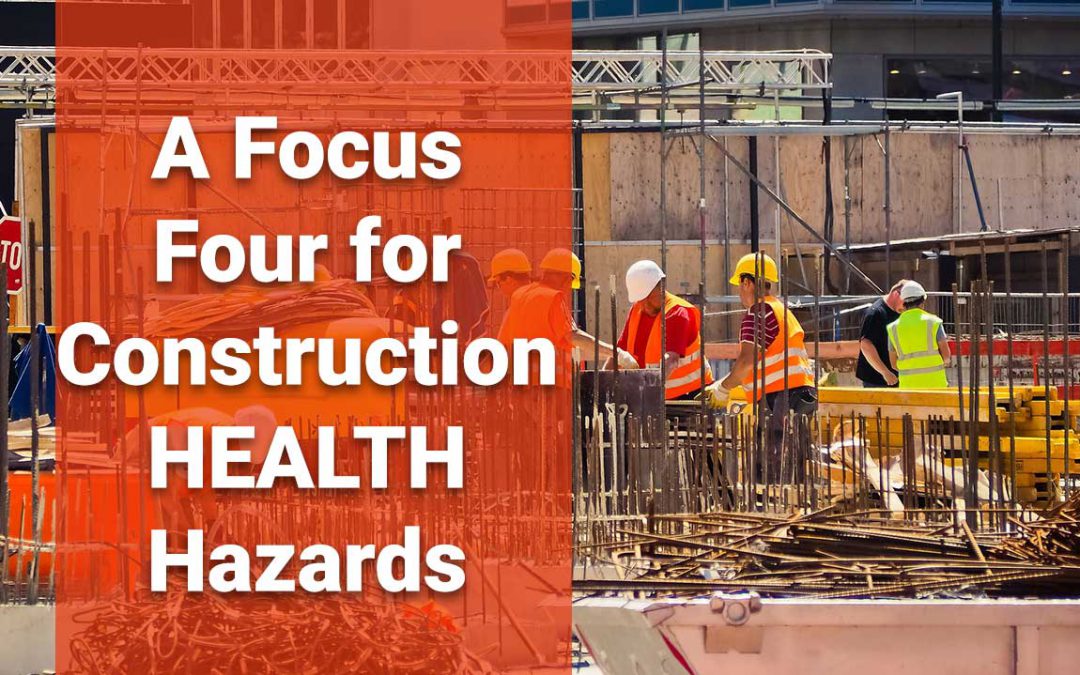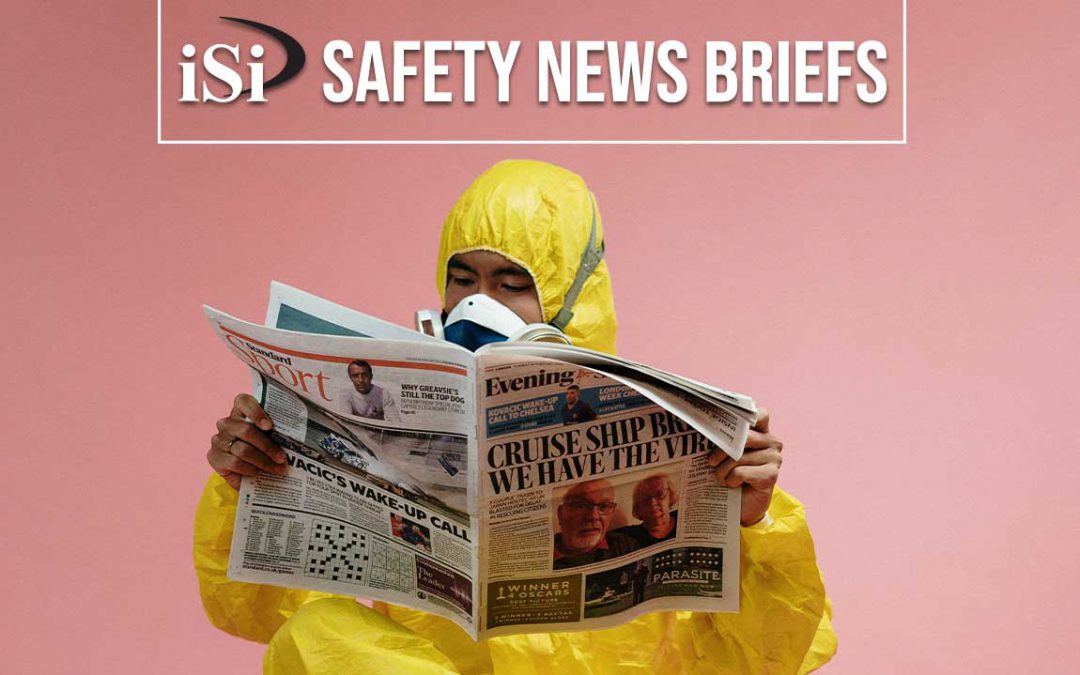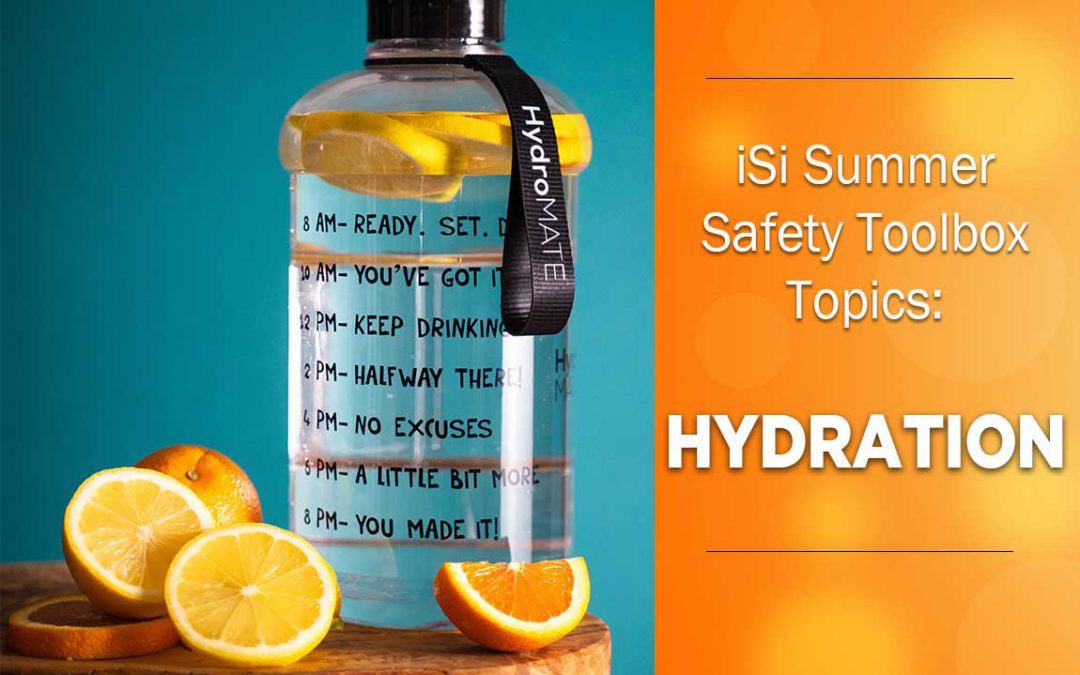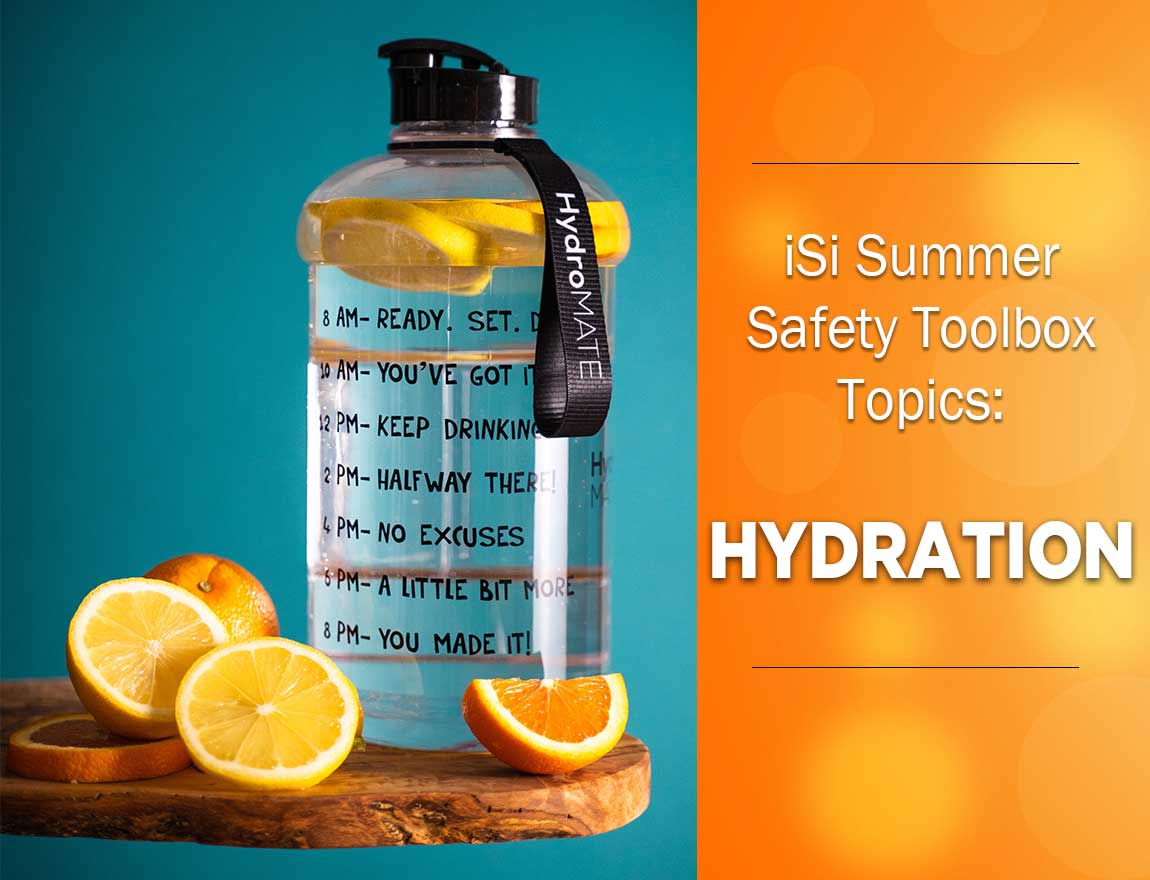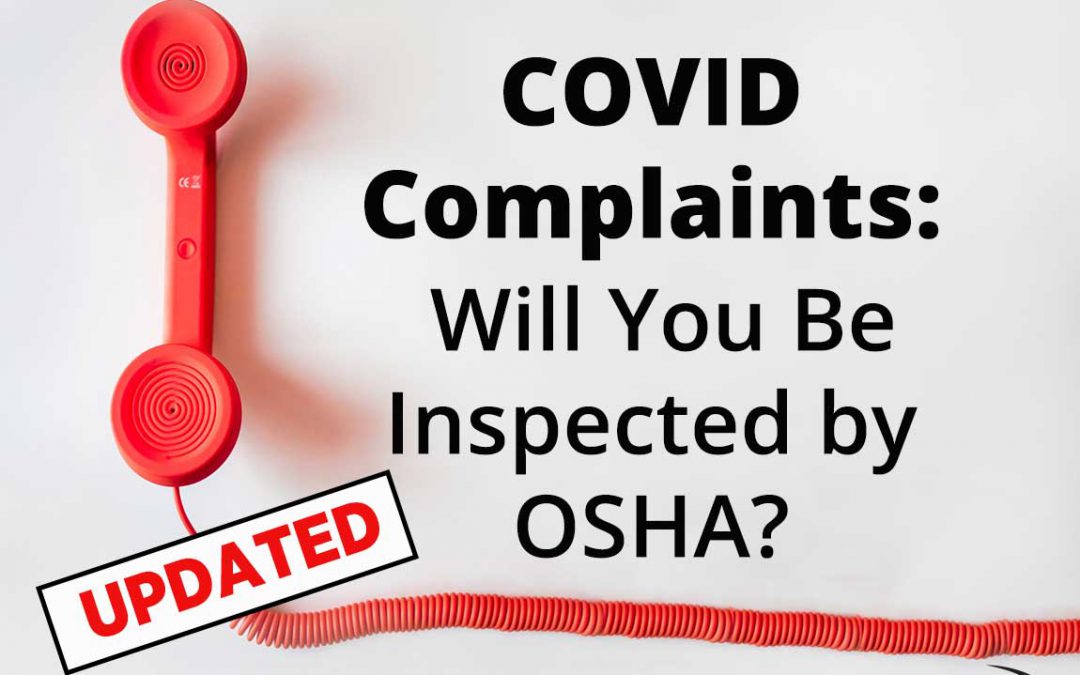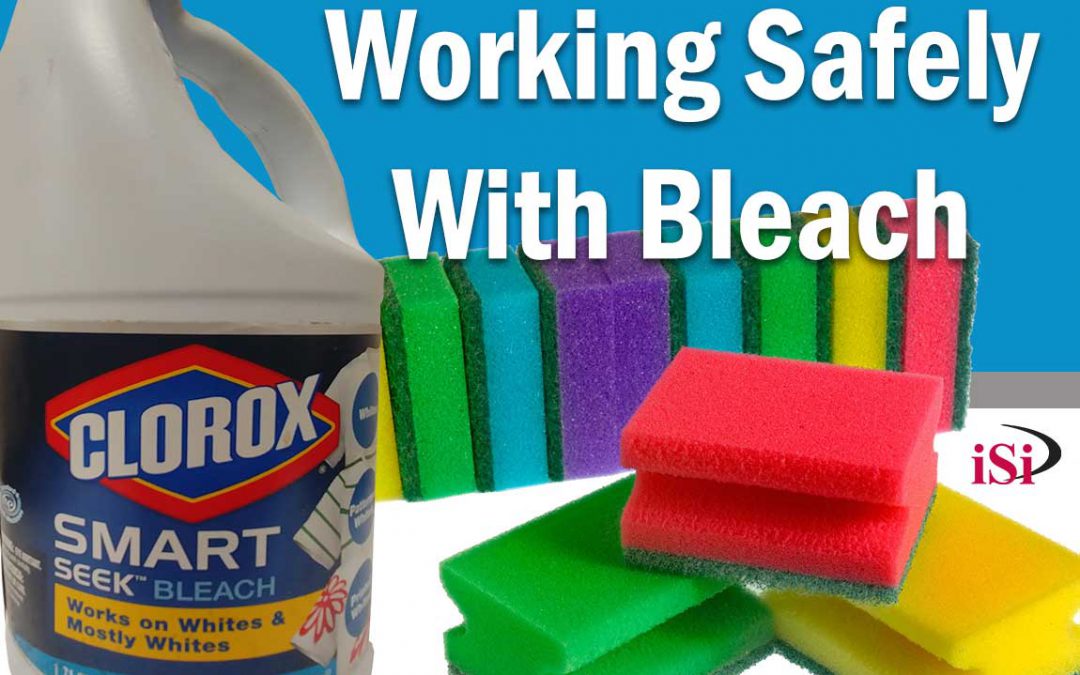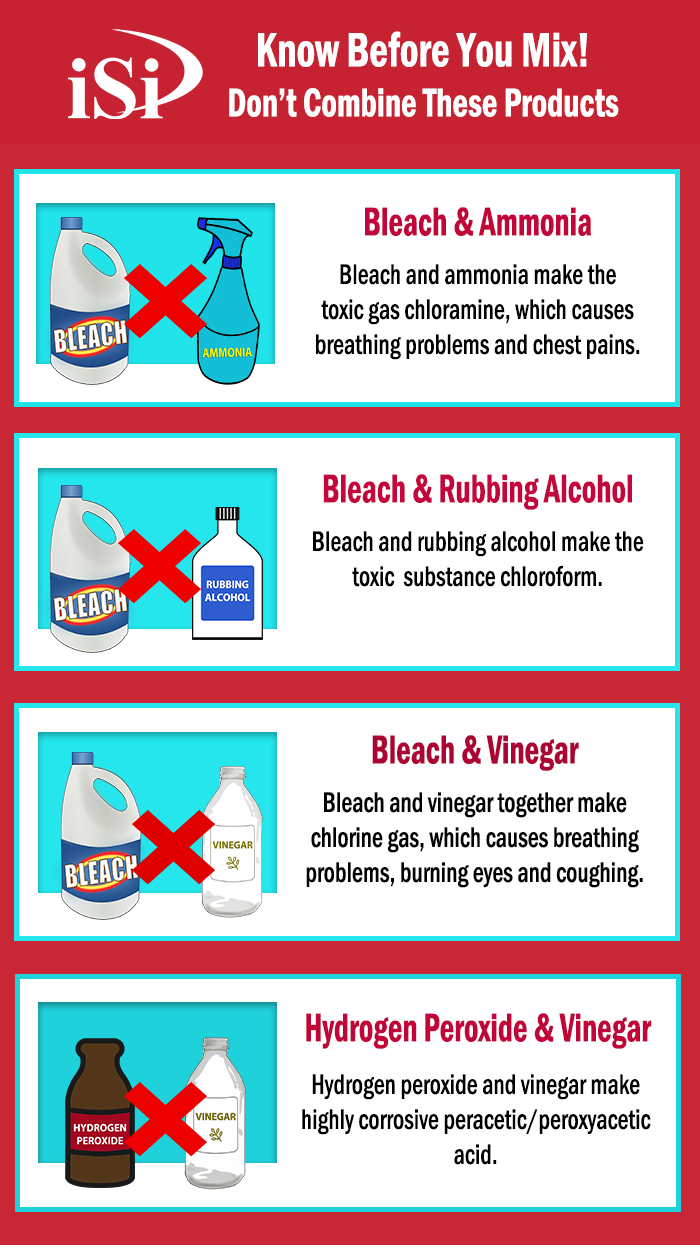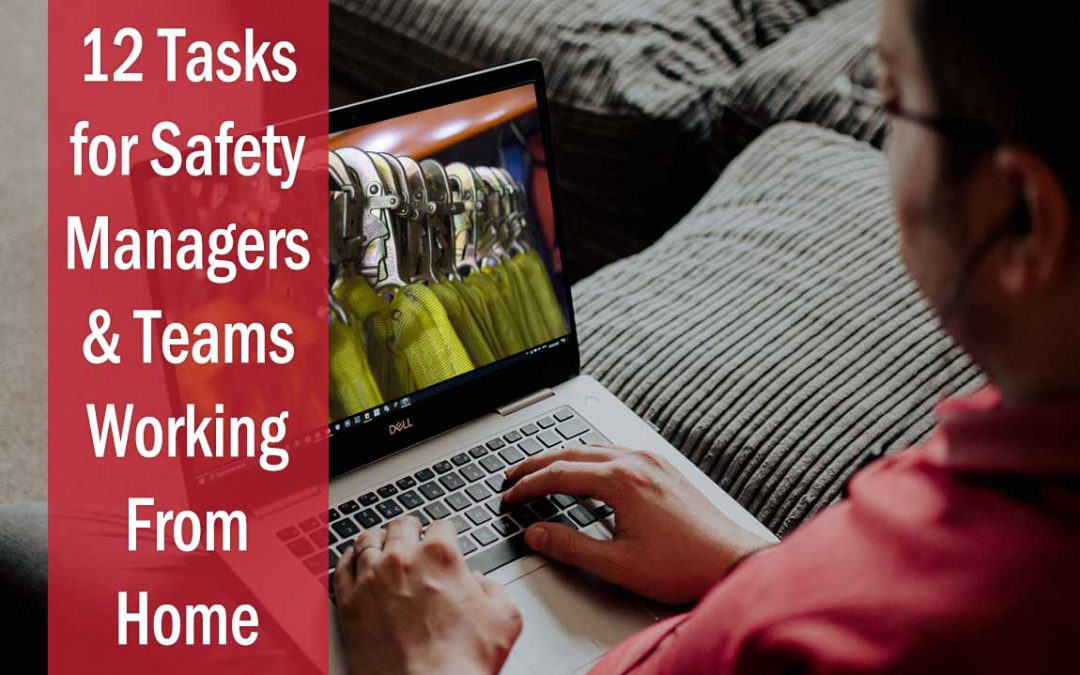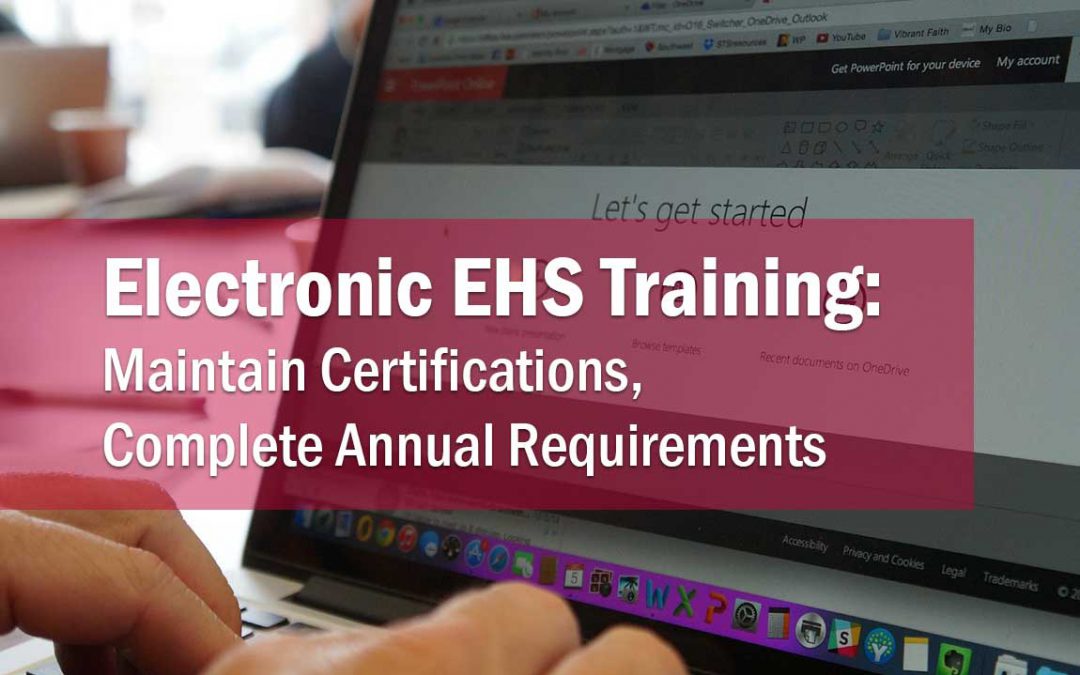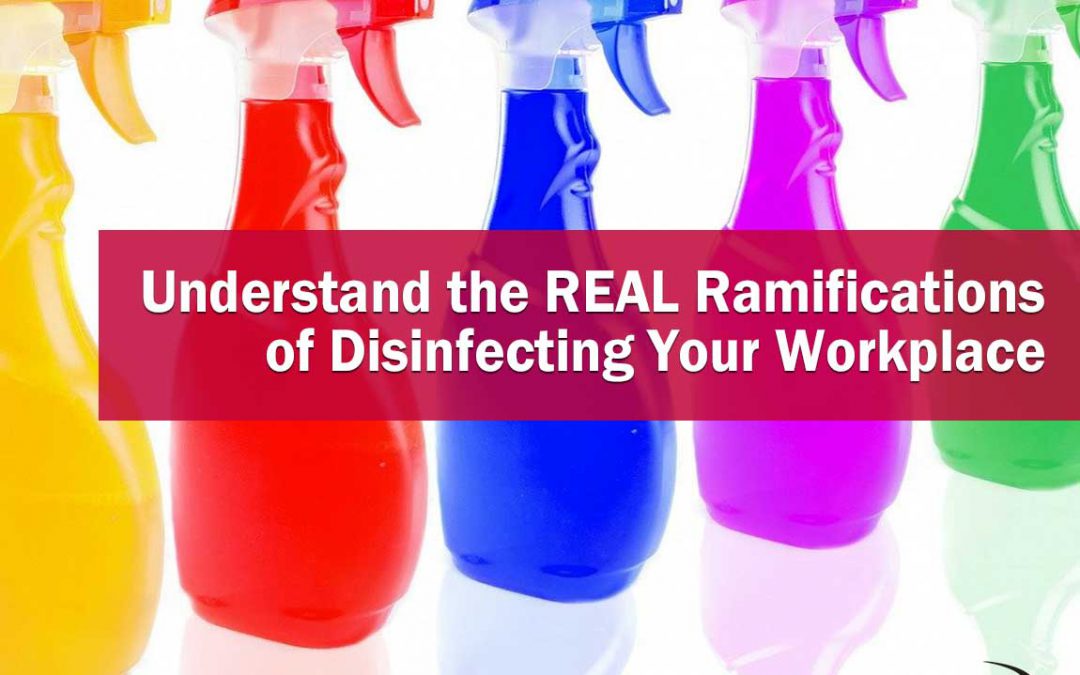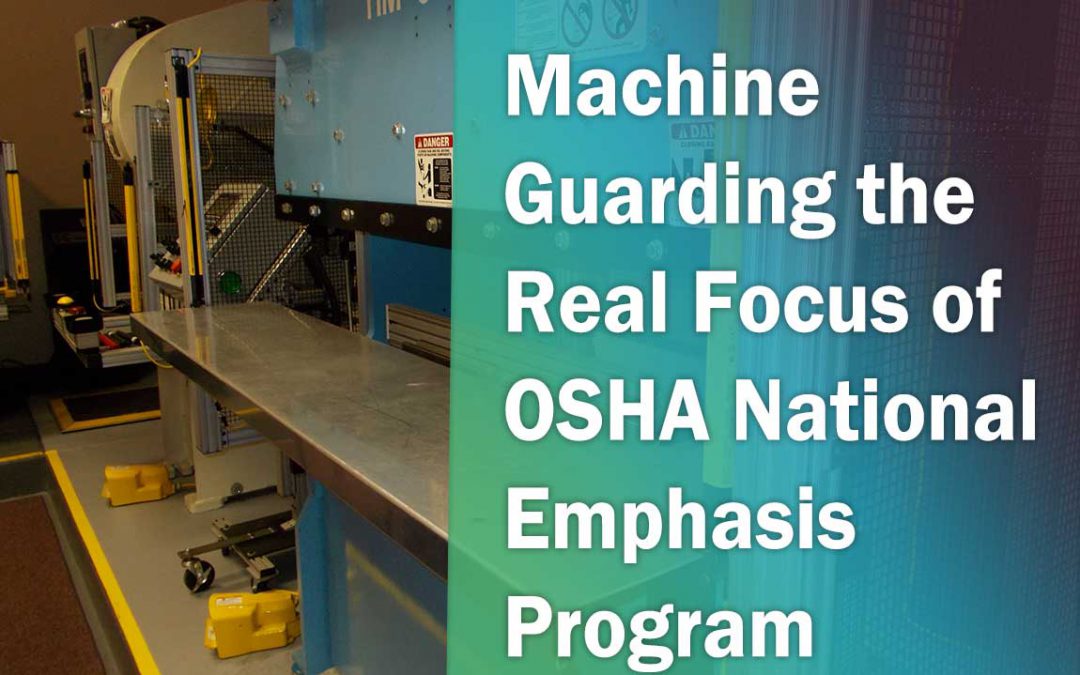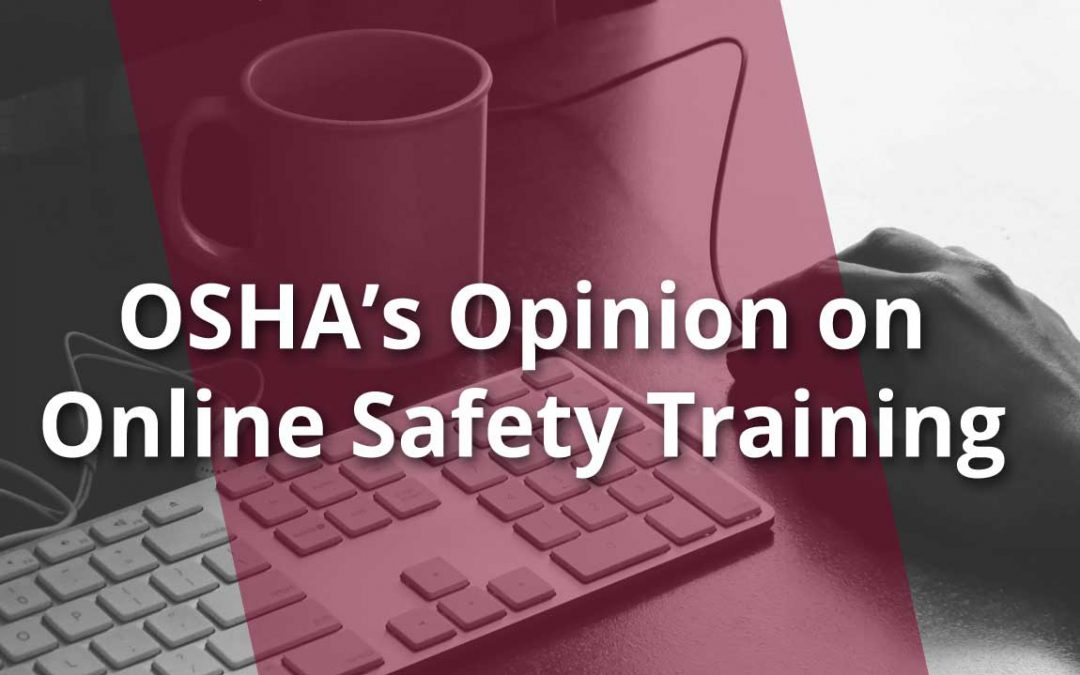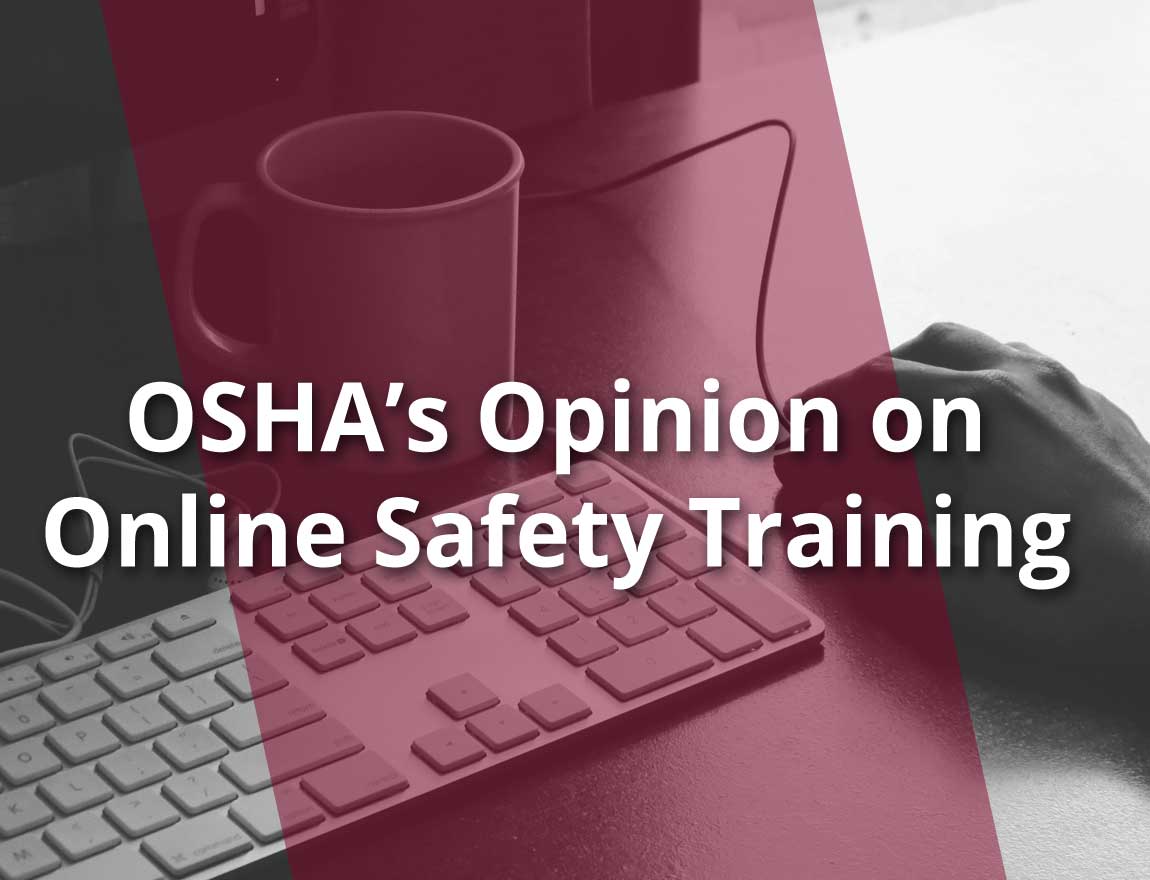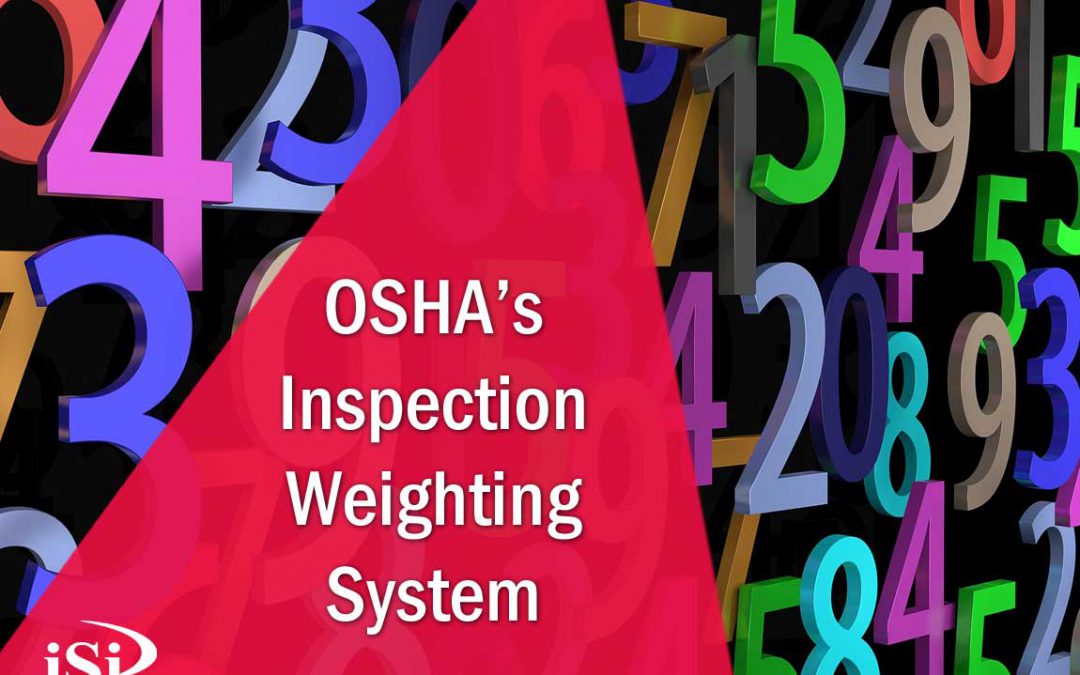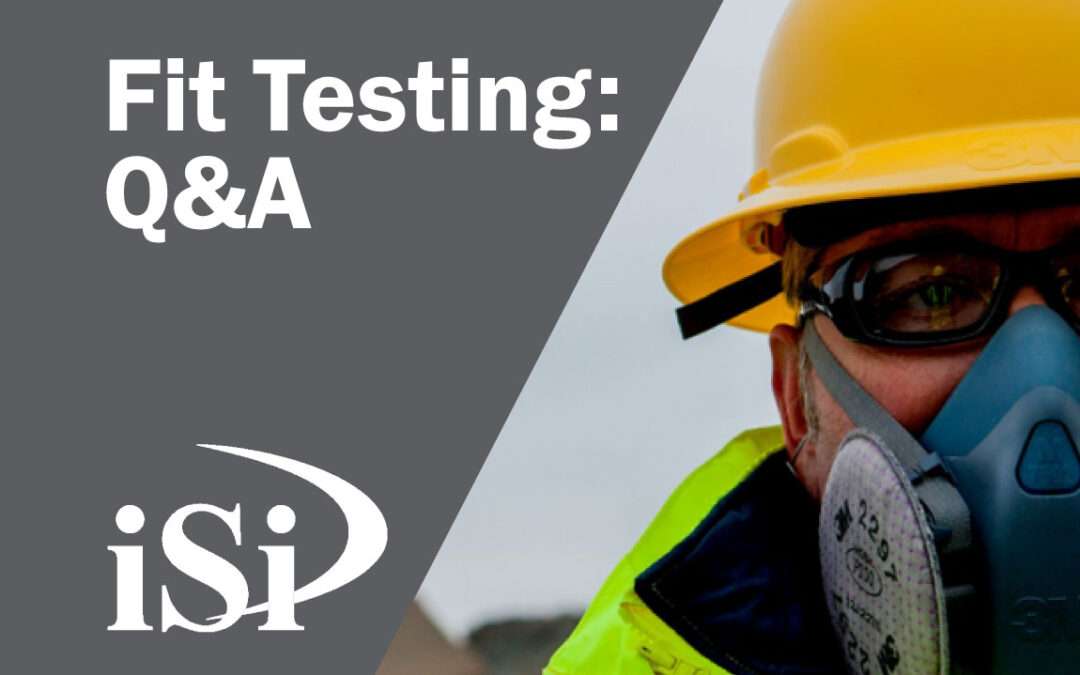
Fit Testing Questions Answered
Once you conduct an evaluation to determine what type of respirator your workers will be required to use to protect them from the contaminants around them (that is, what type, Assigned Protection Factor (APF) needed, what filters and/or cartridges are required, etc.), there are three general steps that come next: a medical evaluation to ensure they’re medically capable of wearing one, fit testing to determine which size most comfortably and accurately fits, and training. In this blog, we dive into the fit testing side.
Respirator fit testing is conducted on tight-fitting respirators to make sure the respirator gets a good seal on the employee’s face so that no contaminants will leak into the mask. They may not always be the most comfortable or convenient things to wear, but fit testing finds a balance of comfort and protection at the same time.
Qualitative or Quantitative? What’s the Difference?
Fit-testing methods are referred to as qualitative or quantitative.
In qualitative fit-testing, once the person being fit tested has his/her mask on, the tester introduces items such as saccharine, Bittrex, banana oil or irritant smoke near the mask to see if the person can smell or sense it. This method relies on the worker’s ability to sense odor or irritants. NIOSH currently doesn’t recommend irritant smoke for fit-testing. Qualitative fit testing is only for half-face, full-face and N95 filtering facepiece respirators that have an APF of 10. An APF is the level of protection the respirator will provide if it’s functioning and wore correctly. For example, an APF of 10 means the user can expect to inhale no more than one tenth of the contaminant present. Qualitative fit-testing is easy, fast and fairly inexpensive. It’s considered to be only a pass or fail type of test.
Quantitative respirator fit-testing uses a machine to measure pressure loss inside the mask or to count quantities of particles to calculate a fit factor. Quantitative testing is considered more accurate than qualitative fit-testing. Quantitative fit-testing must be conducted for respirators requiring an APF over 10. Full-face tight fitting respirators that are quantitatively tested have an APF of 50. An APF of 50 means the user can expect to inhale no more than one fiftieth of the contaminant present.
When Do I Need to Fit-Test Someone?
Employers are to ensure employees wearing tight-fitting facepiece respirators are fit-tested:
- Before use
- Whenever a different respiratory facepiece is used (size, model, make, style)
- Annually
Why is Fit-Testing Required Each Year?
A study published by NIOSH has affirmed the need for OSHA’s annual requirement for fit-testing for filtering facepiece respirators and other tight-fitting respirators.
In its study, NIOSH followed 229 subjects over three years’ time, making fit and physical characteristic measurements every 6 months. It was found that after one year, 10% of the subjects had changes in fit. In two years it was 20%, and in the third year, it was up to 26%. OSHA’s intended threshold for fit changes, when it made its rules in 1998, was 7% annually.
NIOSH also found that subjects who had lost 20 or more pounds had respirator fit changes. The greater the weight loss, the higher the chance that the respirator fit changed. Thus, NIOSH recommends those persons who lose 20 or more pounds get priority fit-test scheduling, even it is less than a year since their last fit-test.
In addition to weight loss and gain, other events such as dental changes, facial scarring and cosmetic surgery can affect respirator fit as well.
Note: NIOSH’s study can be found at: https://blogs.cdc.gov/niosh-science-blog/2016/01/05/fit-testing/
What Difference Does Respirator Brand Make in Fit Testing?
Different brands also fit differently, so a size a worker may wear in one mask may not be the same size in another brand. If the person wears glasses, hearing protection or other items around their head during the job, they must wear them during the fit test.
What Facial Hair is Acceptable in a Fit-Test?
Beards and facial hair on men are back in style, but beards and respirators do not get along. Certain kinds and lengths of facial hair including beards, sideburns, some mustaches, and even a day or two of stubble can interfere with the seal. According to NIOSH, presence of facial hair under the seal causes 20 to 100 times more leakage. Gases, vapors and particles will take the path of least resistance and will flow right through the hair into the mask and into the lungs.
Our Physician is Booked Now, Can I Go Ahead and Do the Fit Test Before I Get My Respirator Physical?
No! Respirator physicals (medical evaluations) need to be done before the fit test to ensure the person getting tested is even medically qualified to wear one. Wearing a respirator can put a strain on the heart and lungs and it is very important that an employee has been evaluated by a medical professional to prevent causing any damage to the employee.
How Often is Respirator Training Required?
Respiratory protection training is required ANNUALLY, that is, within 12 months. Doing this training around the same time as the physical and the fit testing can help reinforce proper care techniques for the respirator. This training should cover how to properly don (put on) and doff (take off) them, their limitations and capabilities, why a respirator is needed, how to use them in an emergency or when they malfunction, how to inspect and remove the seals, how to clean and store it properly, how to recognize medical signs and symptoms that may limit or prevent its effective use, and the general requirements of the respiratory protection standard.
Additional training shall be conducted if there are any changes in your workplace, changes in respirator that would make previous training obsolete and when a worker’s actions show additional training is required to ensure their safe use.
What Documentation Do I Need to Keep?
Once you’ve had someone fit tested, you need to ensure you maintain records of the fit test. The documentation needs to include:
- The name of the person tested,
- Type of test conducted
- Specific make, model, style and size of respirator tested
- Date of the test
- Pass/fail results for qualitative fit testing, or the fit factor and strip chart recording from a quantitative fit test
- A written copy of your Respirator Protection Program
Where Can I Find the Requirements for Fit-Testing?
OSHA governs the usage of respirators and sets forth its standards in 29 CFR 1910.134 for general industry, and for construction, standard 29 CFR 1926.103 references back to the general industry standard, saying its requirements are identical. The specific protocols and instructions on how to conduct a fit test are in Appendix A of that standard.
Need Help?
iSi can help with respiratory protection questions and conduct both quantitative and qualitative fit-testing!
